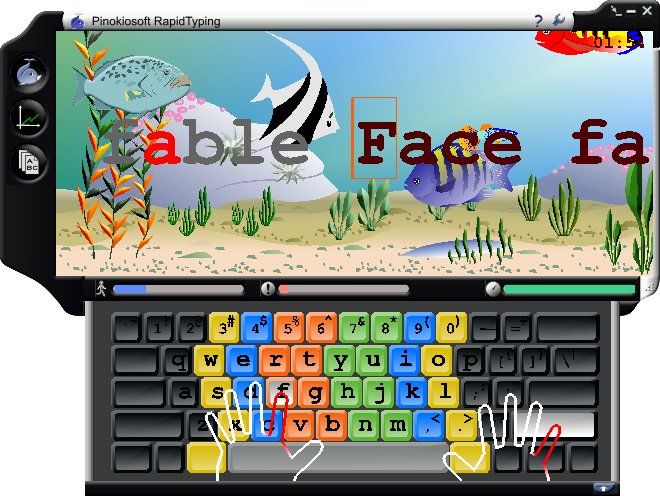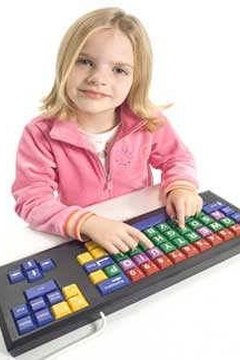

#Type to learn typing how to
Knowing how to touch-type doesn’t just affect the speed that children work at, but the quality of their work, too. If kids can type, they can focus on content ‘Little and often is more effective than doing a longer chunk, once a week.’ĩ. ‘Most children can get to 30wpm in about 10 weeks, with two 10-minute practices per day,’ Sue says. Touch-typing might sound complicated, but children can master it surprisingly quickly. The computer is non-judgemental and doesn’t get impatient, giving children confidence.’ ‘The multisensory aspect of typing can help the child with letter patterns. ‘Some dyslexic students find typing easier than handwriting, as the tactile element of pressing the keyboard can help with managing difficult words,’ says Linda Eastap, education manager at the British Dyslexia Association. ‘Children who most need to touch-type are those who want to go further in education, but so many professions use computers, even if it’s just for customer records, and yet you’ll stand in the garage, optician or carpet shop and watch staff typing with one finger.’Įvidence shows that learning to touch-type can be a particular benefit for children with dyslexia. ‘If you put yourself next to a touch-typist, you’ll be about half the speed,’ she explains.

Parents sometimes take the attitude that, ‘I can’t touch-type and I manage just fine, so why should my child learn?’ But Sue says that while you may think you’re managing well as a one- or two-finger typist, that’s not the case. ‘Children who learn in primary school will reap the benefits in secondary and beyond.’Ħ. ‘In secondary schools, most coursework is expected to be typed, and being able to touch-type by the time you’re at university and writing essays of thousands of words could save you 350 hours over the course of your degree,’ Sue says. With pupils still having to handwrite the majority of their work at primary school, and complete exams on paper, parents often question the necessity of learning to touch-type. It sets them up for secondary school and beyond ‘Touch-typing can be learnt later on, either at secondary school or in adulthood, but the later you leave it, the more bad habits you’ll have to unlearn. ‘Age seven or thereabouts is ideal, because their hands are the right size, they have the concentration span, and because they love being on the computer, they’re motivated to learn,’ Sue explains. Touch-typing may seem a rather grown-up skill, but primary school kids are perfectly placed to learn. Primary age is the best time to learn to type ‘Why wouldn’t you want to give your child that advantage?’Ĥ. ‘A child who can’t touch-type will produce work at half the speed of a child who can,’ she says. John Sutherland, professor of English literature at University College, says, ‘You want to put wings on the heels of your children? Teach them to touch-type. Touch-typing gives kids an advantage over their peers


 0 kommentar(er)
0 kommentar(er)
